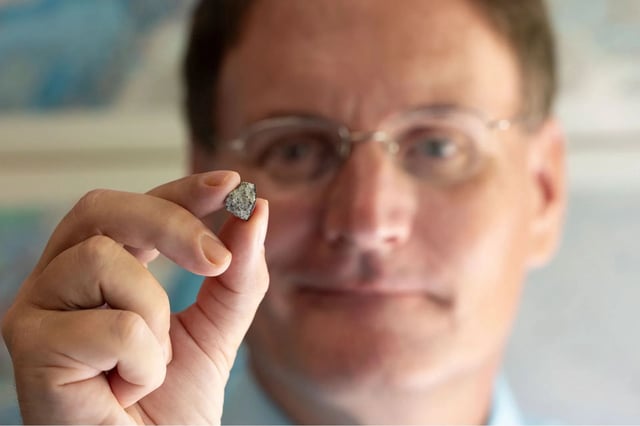Overview
- University of Georgia scientists used optical and electron microscopy to identify 23 grams of recovered debris as a low-metal ordinary (L) chondrite dating to about 4.56 billion years.
- Data from NASA’s All Sky Fireball Network and other sensors traced the bolide’s breakup roughly 27 miles above Wake Forest, Georgia, and calculated an energy release equivalent to 20 tons of TNT.
- A cherry-tomato-sized fragment tore through a McDonough home’s roof, HVAC system, ceiling and floor, leaving the anonymous homeowner to continue finding space dust specks indoors.
- The research team has submitted a proposal to the Meteoritical Society’s Nomenclature Committee to formally designate the fall as the McDonough Meteorite.
- Pending formal naming, samples will be stored at UGA, a peer-reviewed paper on its composition and entry dynamics is planned, and additional fragments will go on display at the Tellus Science Museum.



